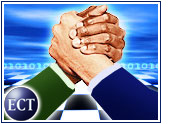
Although databases have been a fundamental component of the enterprise IT stable for decades, they now seem to be multiplying faster than ever before, both in number and importance.
Many enterprises now rely on hundreds or thousands of databases, and administering them has become a major challenge, Noel Yuhanna, senior industry analyst at Forrester Research, told the E-Commerce Times. As a result, companies are looking for easier tools with which to manage their environments.
Enter the Relational Database Management System, or RDBMS. According to online dictionary Webopedia, an RDBMS “is a type of database management system (DBMS) that stores data in the form of related tables.”
Because such tables do not, for the most part, restrict the ways in which their information is organized or expressed, the data may be sorted in myriad ways. Moreover, the information stored in a single database may extend across many tables, depending on a user’s needs.
Weighing the Requirements
Many variables, including price and technological requirements, influence which RDBMS software a business decides to use, Gartner Dataquest principal analyst Colleen Graham told the E-Commerce Times.
“You have your list of requirements, and you apply weights to them,” she said. “So, to massively oversimplify, you [might] say, ‘Okay, the most important thing [is] availability, so I’ll give that a weight of 60 percent, cost a weight of 30 percent, manageability 10 percent.'”
Over the course of the last year, companies started to give pricing more relative weight because businesses were trying to rein in costs, although it is likely to become less of an issue at some point. As Graham noted, “You’ve got a series of factors all interplaying, with one vendor or another kind of edging the other out.”
Oracle Availability
Graham said Oracle 9i is generally considered to be the most robust RDBMS software available. In addition, it rates highest in availability.
She described availability as “when you need your database to be up 99.9999 percent of the time, meaning if you’re running a Web site and it’s an order-entry Web site where people are entering credit card numbers, you need that database to be up and running to get that data in order to make those sales.”
According to Graham, only Oracle offers this degree of availability.
“[9i] never breaks down. You can do a lot of the maintenance while it’s still running,” she said. “You almost never have to take it down deliberately to do maintenance on it.”
Yuhanna explained this reliability by noting that Oracle’s proprietary “Shared Disk Environment” uses multiple nodes to ensure that, if one node fails, the others work to maintain database functionality.
Do I Really Need a Mercedes?
However, Oracle is also considered to be the most expensive of the RDBMS offerings on the market, according to Graham.
“It’s very powerful technology, but you are going to be paying for that technology,” she said. “You have to ask, ‘Yeah, I can get a Mercedes, but do I need a Mercedes? Because I’m going to have to pay for a Mercedes.'”
Although IBM may be slightly behind Oracle technologically, its DB2 product is still a close second, she noted. IBM is considered a bit easier to manage than Oracle. More importantly, perhaps, it is also quite a bit cheaper than its rival.
“[DB2 does not] have quite the availability, but it is still a darn good database,” she said.
Oracle’s Hallmark
Both Oracle and IBM said their products are highly scalable. But what exactly does that mean, and which vendor is stronger in this area?
George Demarest, senior director of database marketing at Oracle, described scalability as a software product’s ability to respond to running on much larger hardware and to handle a much larger user load without requiring reconfiguration or reinstallation.
“Ideally, you’d like to have … a database that could run a relatively small software package on a single server with a single CPU, and then, if the company … all of a sudden became 100 times as successful, you’d like to be able to run that same application but serve it to 100,000 people without having to change anything,” Demarest told the E-Commerce Times.
He added, “We can start with a single small server, go to a very large server or go to a large number of smaller servers as a cluster, and have no application changes. That is really our hallmark.”
Shared Nothing, Working Together
However, Paul Rivot, director of database servers and business intelligence software at IBM, also touted scalability as one of DB2’s premier features.
Rivot told the E-Commerce Times that DB2 can cluster up to thousands of computers together using its “Shared Nothing” technology.
“None of the systems has dependencies on anything else, [and there’s] no one thing in control. Everything is working together,” he said. “If you want to put Intel systems on with DB2, then Sun systems plugged into it, then Linux systems, it gives you the ultimate flexibility.”
Who’s the Best?
Both companies disputed analyst Graham’s conclusions. Demarest said Oracle’s total cost of ownership (TCO) is less than IBM’s, while Rivot said IBM’s technology outshines Oracle in several key areas, including speed.
IBM’s and Oracle’s comparable market share (at 36 percent and 34 percent respectively in 2002, according to Gartner Dataquest) seems to support the perception that, overall, Oracle 9i and IBM DB2 are neck and neck in the database horserace.
Go on to Part 2.







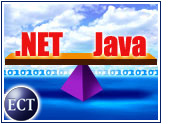




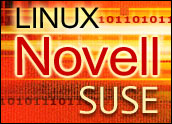
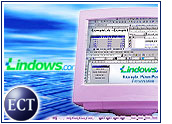
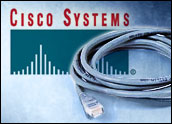
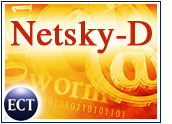

































Social Media
See all Social Media